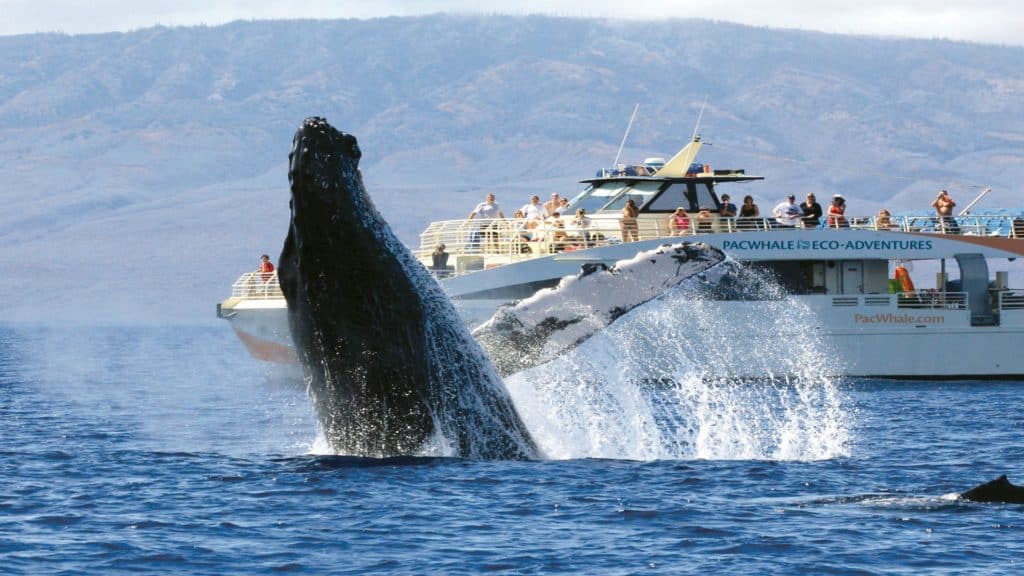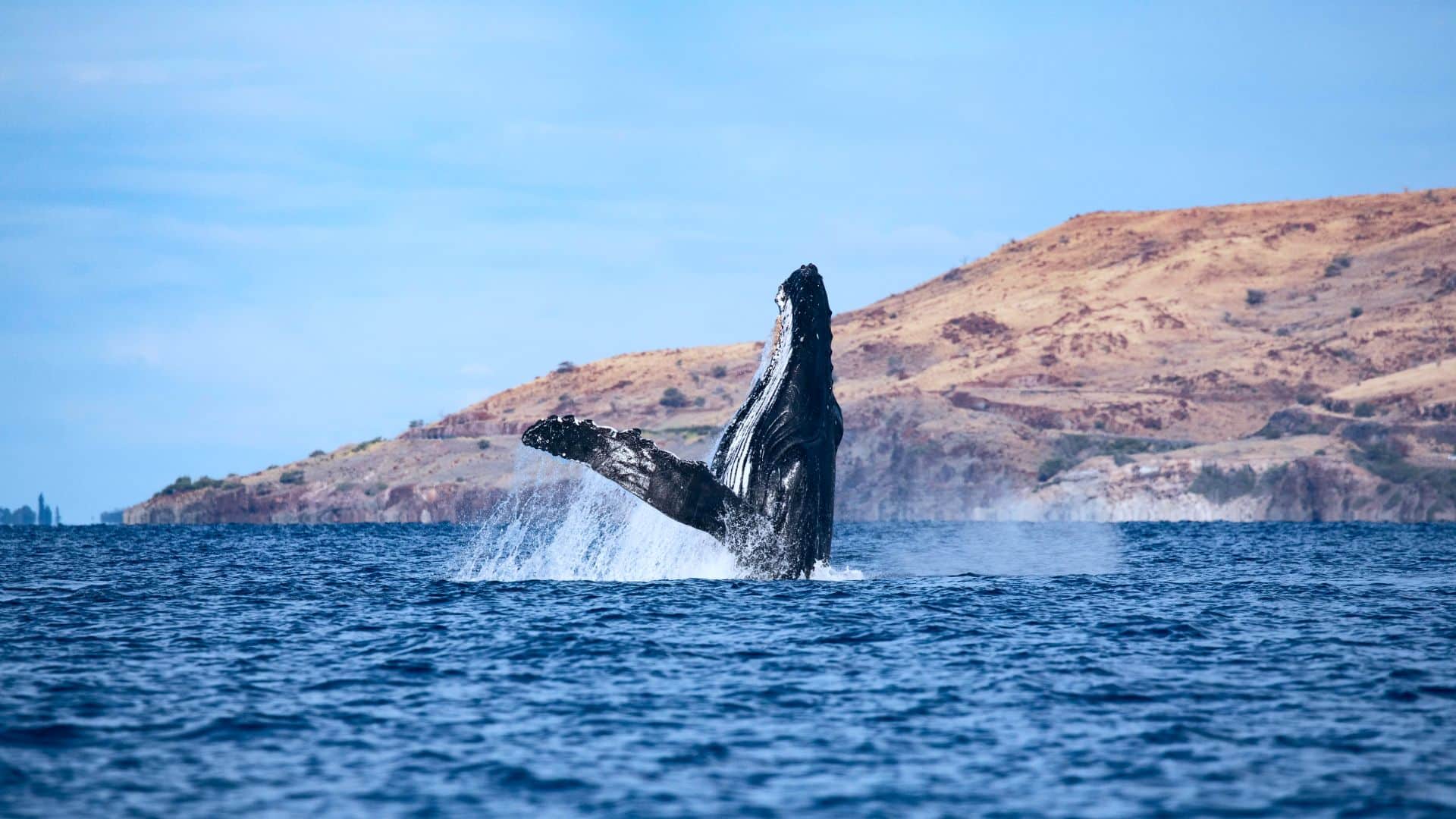In 2023, we made the strategic decision to fund an expansion into Chile, a marine ecoregion where we have the capacity to grow and deepen our impact, to support a variety of research projects on numerous cetacean species, such as blue whales and southern right whales.
Genetically different from the Antarctic and pygmy blue whale, the blue whale population that visits Chilean waters—also known as the Chilean blue whale, comprises approximately 600 individuals that return every summer to feed on krill off southern Chile. Approximately 30% of these whales return specifically to the northwestern area of Chiloe Island, highlighting this area as one of the most important sites in the Southern Hemisphere for species conservation efforts.
We also study the critically endangered population of southern right whales that frequent Chile and Peru. With an estimated population of fewer than 50 mature individuals, our research into these animals represents enormous hope for the conservation of this species in the Southeast Pacific. The information we gather is crucial in continued advancement of conservation measures designed to protect this population and ensure its recovery.
2 of the 5 major threats we research in this location
Vessel Collisions
Vessel traffic is a growing concern for the welfare of whales in Chilean waters. Unchecked vessel activity can disrupt the behavior and habitat of marine mammals that rely on this area to complete essential life-history stages. In some locations, whales must contend with up to 1,000 boats that move daily through important feeding areas. In particular, the noise pollution generated by vessels can interfere with whale communication and navigation, leading to stress, displacement and potential collisions.Bycatch
Bycatch and entanglement constitute the most severe anthropogenic threats to large whales. We have documented a number of critically endangered southern right whales entangled in fishing gear. When entangled whales are observed, we attempt to identify the type and nature of gear involved so we can use this data to develop effective mitigation measures. We are also working toward the identification of aggregation areas for southern right whales in Chile so that spatial management measures, such as the designation of protected areas with no-take zones, can be implemented.

